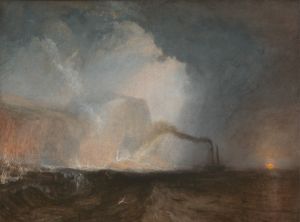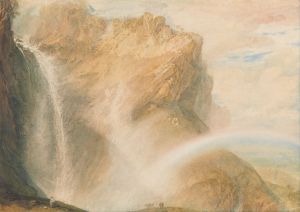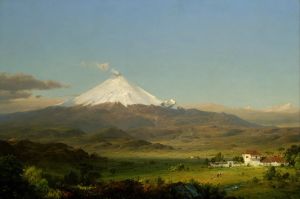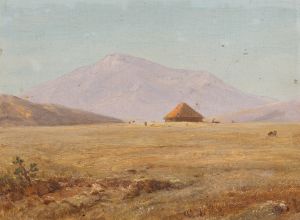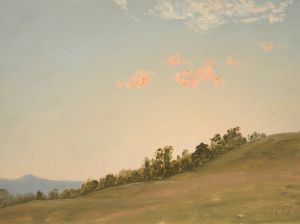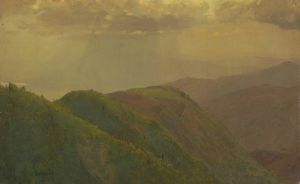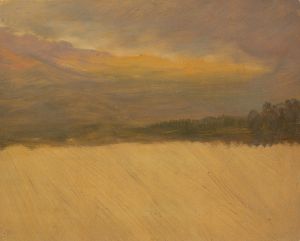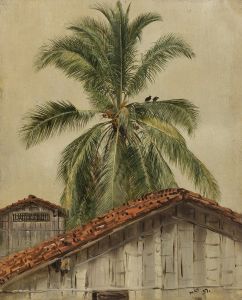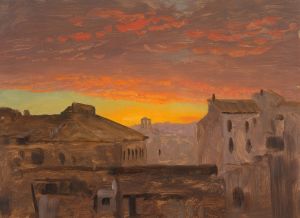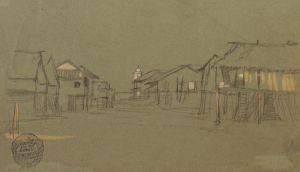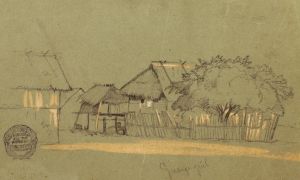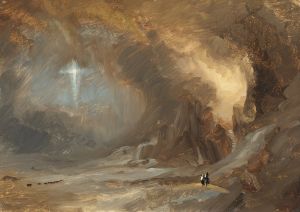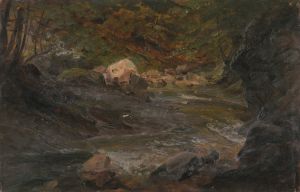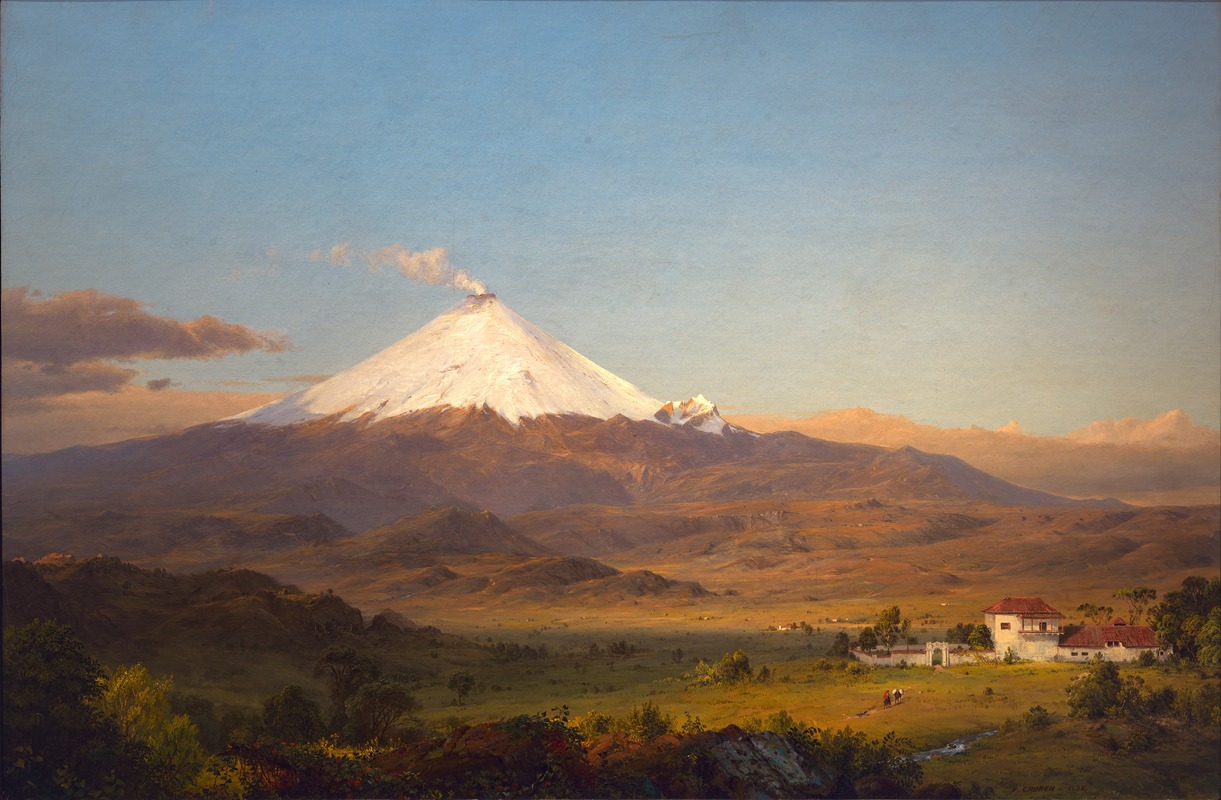
Cotopaxi
A hand-painted replica of Frederic Edwin Church’s masterpiece Cotopaxi, meticulously crafted by professional artists to capture the true essence of the original. Each piece is created with museum-quality canvas and rare mineral pigments, carefully painted by experienced artists with delicate brushstrokes and rich, layered colors to perfectly recreate the texture of the original artwork. Unlike machine-printed reproductions, this hand-painted version brings the painting to life, infused with the artist’s emotions and skill in every stroke. Whether for personal collection or home decoration, it instantly elevates the artistic atmosphere of any space.
Cotopaxi is an oil-on-canvas painting created by the American landscape artist Frederic Edwin Church in 1862. Church was a central figure in the Hudson River School, a mid-19th century American art movement known for its detailed and romantic portrayals of the American landscape. The painting depicts the Cotopaxi volcano in Ecuador, one of the highest active volcanoes in the world.
Frederic Edwin Church was known for his dramatic and expansive landscapes, often featuring natural wonders and sublime scenes. His works were characterized by their meticulous attention to detail, vibrant colors, and the ability to capture the grandeur of nature. Church's interest in South American landscapes was inspired by the German naturalist Alexander von Humboldt, whose writings on the region's geography and natural beauty captivated many artists and scientists of the time.
Church traveled to South America in 1853 and 1857, where he sketched and studied the landscapes that would later appear in his paintings. Cotopaxi, painted in 1862, is one of the most famous results of these journeys. The painting measures approximately 48 x 85 inches (122 x 216 cm) and is currently housed in the Detroit Institute of Arts.
In Cotopaxi, Church captures the volcano during an eruption, with a dramatic plume of smoke and ash rising into the sky. The foreground features a serene lake and lush vegetation, contrasting with the violent eruption in the background. The painting is noted for its vivid colors and the dramatic interplay of light and shadow, which enhance the sense of awe and majesty.
Church's depiction of Cotopaxi can be seen as a reflection of the tumultuous period in American history during which it was painted. The year 1862 was in the midst of the American Civil War, and some art historians suggest that the painting's dramatic and turbulent imagery may have been influenced by the national crisis. However, Church himself did not explicitly state any political intentions behind the work.
Cotopaxi was well-received by contemporary audiences and critics, who praised Church's technical skill and his ability to convey the sublime power of nature. The painting exemplifies the Hudson River School's philosophy of capturing the beauty and grandeur of the natural world, and it remains one of Church's most celebrated works.
Frederic Edwin Church continued to paint and travel throughout his life, creating numerous other iconic landscapes. His works are held in high regard and are featured in major museums and collections around the world. Cotopaxi, with its dramatic portrayal of one of nature's most powerful phenomena, stands as a testament to Church's skill and his enduring legacy in American art.





